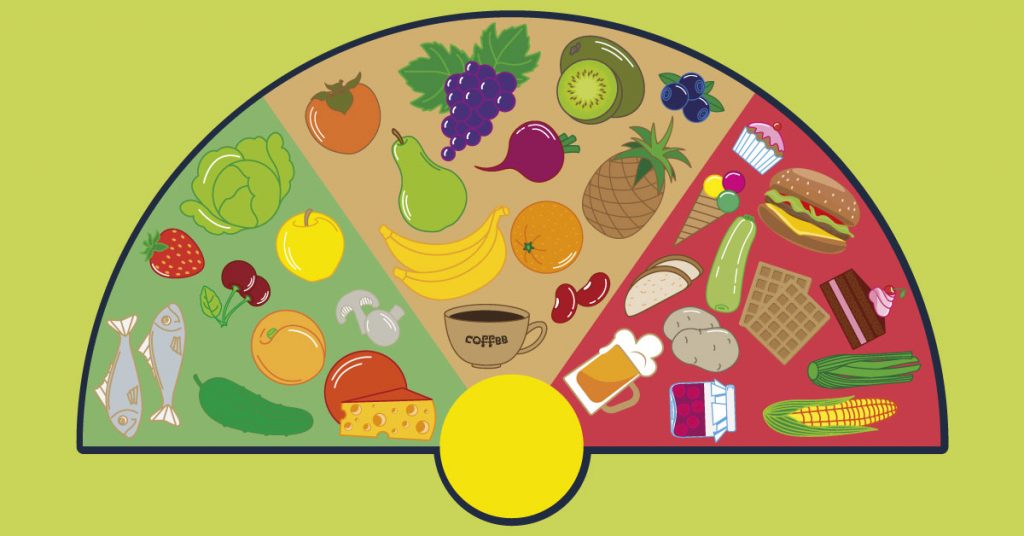Yes, you understood it: this article was written these days and published today to make you feel guilty.
In guilt.
Here indeed we talk about glycemic index. Blood sugar. Of sugars.
There is talk of pandori, panettone, candied fruit.
And the mascarpone cream I ate just yesterday-
No, let's get serious. And let's talk about "scientific things" that come back good all year round.
Index
What is the glycemic index
How it is calculated: we take 50 grams of the food we are observing, and we monitor the glycemic levels in the blood. Then the values obtained are compared with the reference value, which is 100 of white bread and glucose.
The glycemic index of a food will tell us, in percentage terms, how much the blood sugar level will rise following its consumption.
The rules of the glycemic game
First rule: carbohydrates are different from each other
Typically, the more digestible a carbohydrate is, the higher its GI will be.
Why?
Why carbohydrates behave differently:
- Those with a high GI are absorbed quickly, causing one soaring blood sugar
- The digestion of those with low GI release glucose more slowly
To simplify some calculations, another indicator can be used: the glycemic load.
This value is obtained by multiplying the glycemic index by the weight of the average portion of the food in question.
They do not go excluded from our diet foods with a high glycemic index. Simply, it is enough to have a balanced relationship with them, and not to exceed.
In addition, it must be taken into account that the glycemic index of a food is susceptible to several factors:
- cooking
- Degree of maturation (for fruit and vegetables)
- Type (not all apples, for example, have the same GI)
- Quantity of the ingredients (especially for industrial products).
What IG values do foods have?
Typically, you divide the foods into high, medium and low glycemic index.
Then there are gods "beyond scale" foods, which have an index equal to or greater than 100 of white bread reference. And I'm:
- maltose
- dried dates
- dextrin malt.
For the rest, here are some reference foods:
Fried and baked potatoes. Honey. Gatorade and generally sports drinks. Pumpkin. Crackers. Melon. Brown sugar. Rice. Usually snacks and biscuits. 0
By consuming high GI foods increases blood sugar, but also insulin response. What does it mean? That the body will get used to using sugars as fuel, as well as converting them into fats.
In addition to the calories you eat, this helps to explain why we put on those extra kilos during the holidays.
Are you afraid of taking this risk? Keep some useful resources to review:
- How to unlock a recalcitrant diet
- A little bit of cardio done right to keep weight under control
- Low carb for the "after Epiphany"
Furthermore, when the glycemic peak dropsafter 2-4 hours, the sense of hunger will be felt again, overpowering.
For sportsmen: consuming food of this type before a sports performance is generally not recommended, because they accelerate the consumption of glycogen stores during the performance itself. Conversely, they are useful for recovery post workout.
Medium glycemic index
Much of the fruit (including banana), muesli, rye bread, carrots, low-fat yogurt
Low glycemic index
Milk (both whole and low-fat), milk soy, apricots and plums.
Take medium and low GI foods before a sports performance generally has a positive effect on the physical performance and on muscle glycogen stores.
Having said that, go back to the leftovers dinner, or those things there: but don't say you weren't warned, okay?

